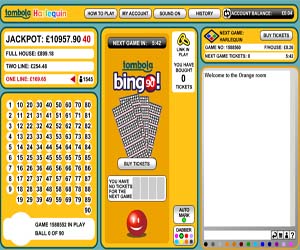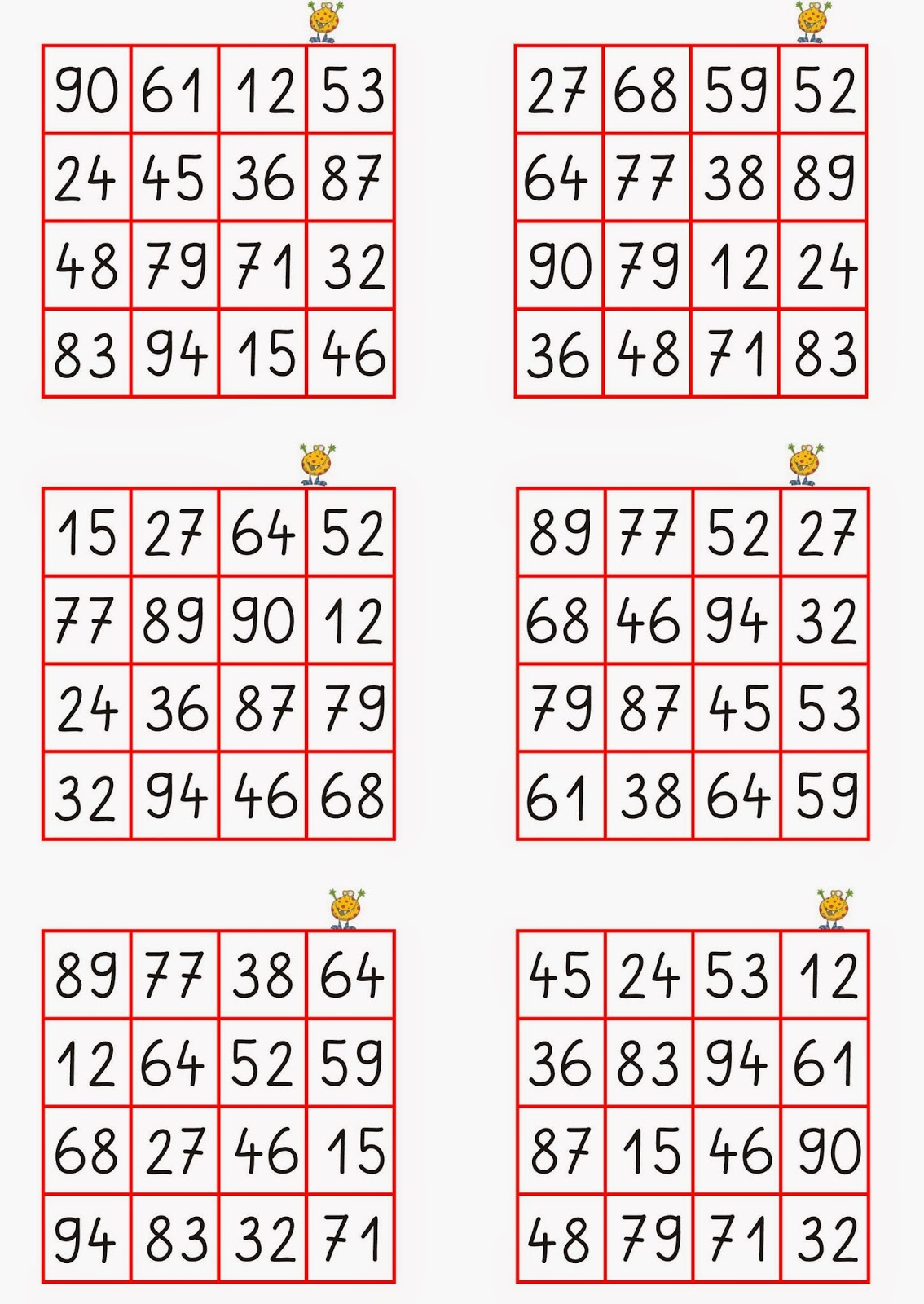Tombola 90

HOW TO PLAY TOMBOLA
. Column 9 contains numbers from 81‐90. Numbers are pulled out of a rotating drum, or, with home games, a bag. The person who pulls the number out of the drum is called the tombolone. The tombolone uses a master card on which the numbers from 1‐90 are written in sequential order.
- Play Bingo Online tombola Britain’s Biggest Bingo Site.
- Tombola Bingo Board Game The Italian Game of Chance for Family, Friends and Large Parties Up to 24 Players! Includes Calling Board, 90 Tombolini Tiles, 24 Double-Sided Cards and 360 Chips. 4.4 out of 5 stars 219. 99 $22.74 $22.74. FREE Shipping on orders over $25 shipped by Amazon.
- Vintage Tombola Tombolini Tiles! Bring home the classic tombolini tiles from the traditional Italian bingo variant, Tombola! Each set of tiles comes with 90 tiles, numbered 1-90, for adding to Tombola, Bingo, and other games. These tiles are made of cuts of natural wood, numbers painted red to.

Tombola is the Italian version of Bingo. However, unlike the American version, where you can make Bingo horizontally, vertically, or diagonally, In Tombola, only horizontally counts.
On each card there are 3 rows and 9 columns.
Column 1 contains numbers from 1-10,
Column 2 contains numbers from 11-20,
Column 3 contains numbers from 21-30, …
Column 9 contains numbers from 81-90.

Note that in each row, only 5 of the 9 columns are occupied by a number. The other columns are intentionally left blank.
Numbers are called out of a rotating drum, just as in American Bingo. The person who pulls the number out of the drum is called the tombolone. Instead of using a regular tombola card, the tombolone uses a special sheet on which the numbers from 1-90 are written in sequential order. This is the equivalent of playing 6 regular tombola cards.
The tombolone will proceed to pull numbers from the rotating drum one at a time. He/she will then typically announce the number in Italian (and sometimes in English, depending on the audience). Each number typically also has a little rhyme that goes along with it, which the tombolone will also announce.
For example:
If the number 25 is called, then the tombolone will shout out “Venticinque—Natale”. (The connection being 25 is the date of Christmas, which in Italian is Natale.)
If the number 33 is called, then the tombolone will shout out “Trentatre—Ll’anne Gesu Cristo”. (The connection here is that Jesus lived on Earth for 33 years.)
Tombola Bingo 90 Free
Many of the rhymes have religious themes. However, some others are what we would call “politically uncorrect”.
Just as in American Bingo, as each number is called out, players cover that number on their cards. However, instead of using poker chips to cover the numbers, most tombola sets that you can buy come with little plastic beans, or fagioli. (You can even use real beans if you run out of the plastic ones.)
Tombola is tradtionally played for money. Each card costs a set amount (i.e. a dime or quarter). Players can purchase as many cards as they wish, except for the tombolone, who must purchase 6 cards. The total pot will be divided into 5 smaller prizes. Each prize goes to the winner of the 5 individual rounds which make up a complete tombola game.

The 5 rounds of a tombola game are:
Ambo: 1st person to cover 2 numbers in a row
Terno: 1st person to cover 3 numbers in a row
Quaderno: 1st person to cover 4 numbers in a row
Quinto: 1st person to cover 5 numbers in a row
Tombola: 1st person to cover all 15 numbers on the card
When one person has covered 2 out of the 5 numbers in a horizontal row, he/she will call out Ambo. Then the game stops and the person collects his/her prize. The game continues, with prizes are collected for the winners of the Terno, Quaderno, and Quinto rounds.
The person who finally covers all of the numbers on his/her card calls out Tombola, and is considered the winner of the game. (Usually the pot for the Tombolaround is larger than those of the other rounds.)
Bingo 90 Tombola Download
TOMBOLA RHYMES
Tombola Bingo Login 90
Here are the rhymes which correspond to each number in Tombola, given in Neapolitan dialect (top), standard Italian (middle), and English (bottom). An explanation is also provided for some numbers.